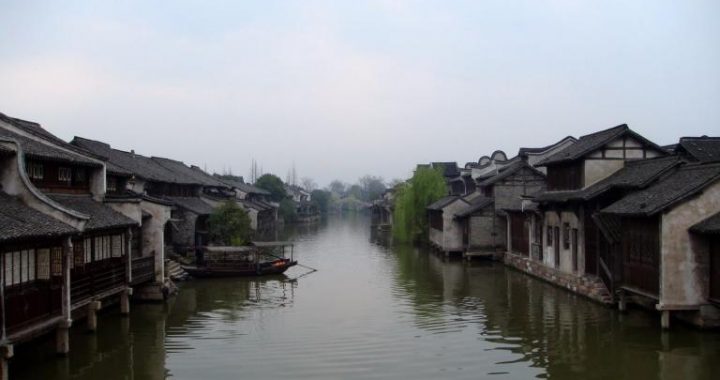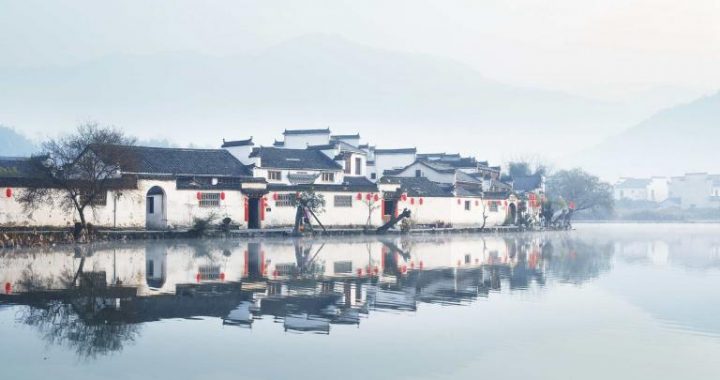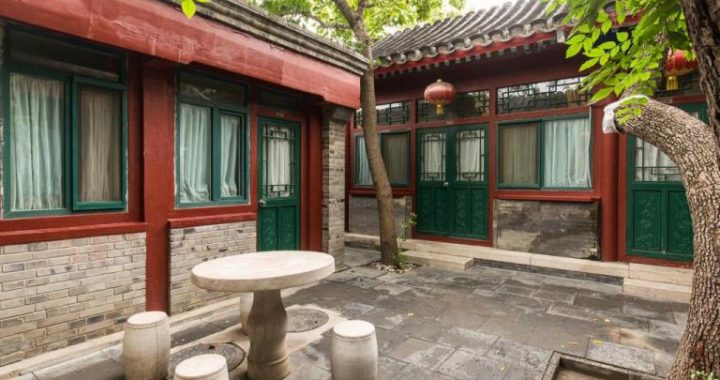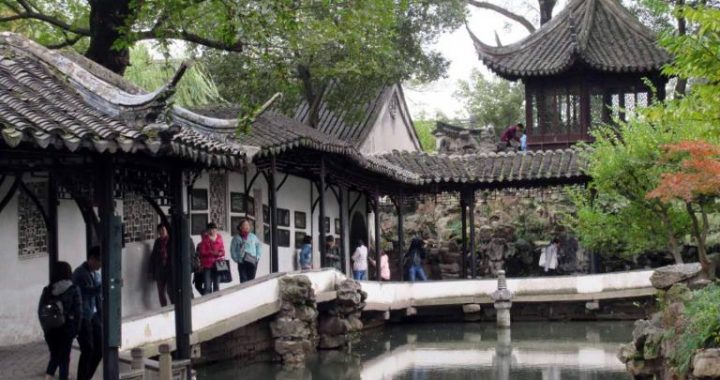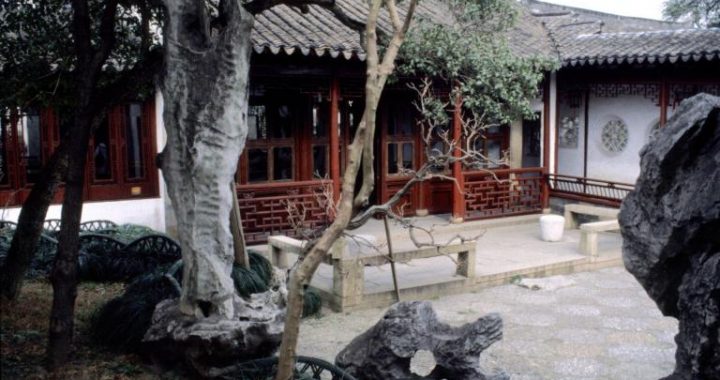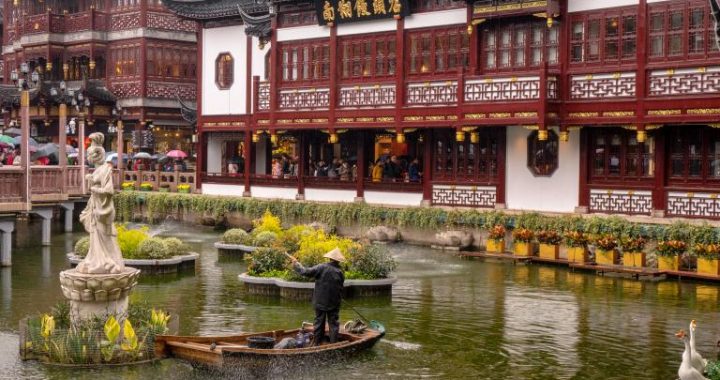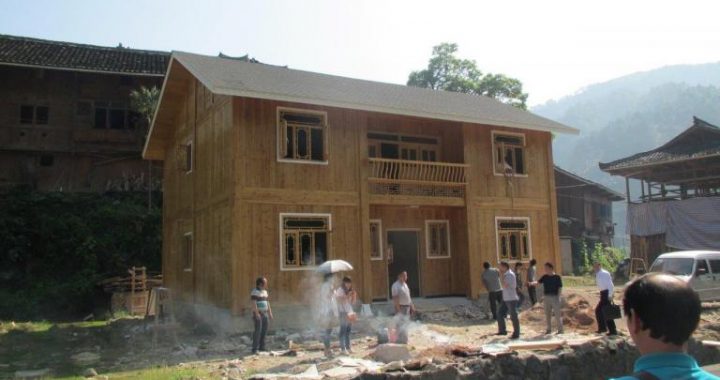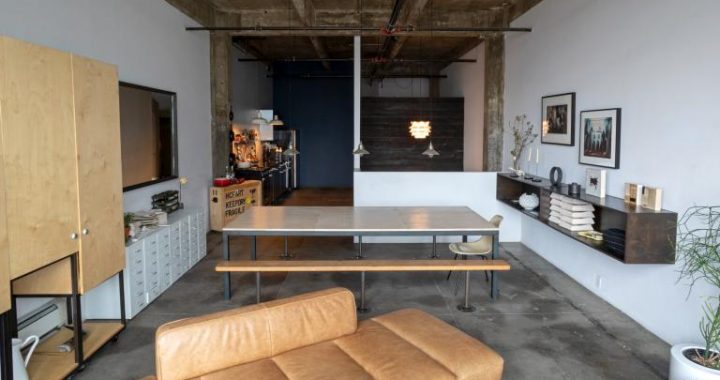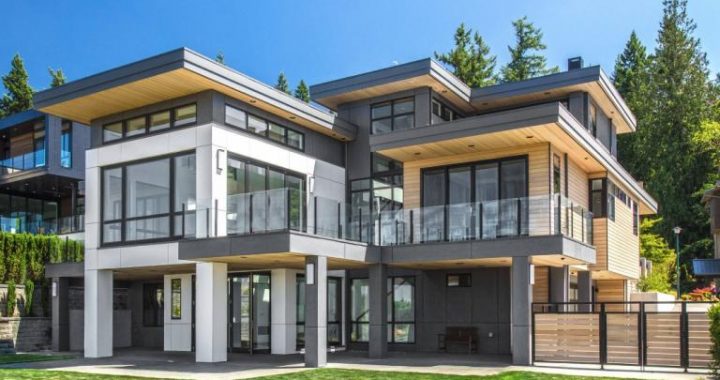Architecture of Hong Kong
3 min readArchitecture of Hong Kong,Macao and Taiwan
Architecture of Hong Kong
Hong Kong is an international metropolis with diversified cultures.In the past nearly 100 years,this charming port rooted in Eastern soil was deeply influenced by Western cultures,formed a unique cityscape,and was reputed as “Pearl of the Orient.”
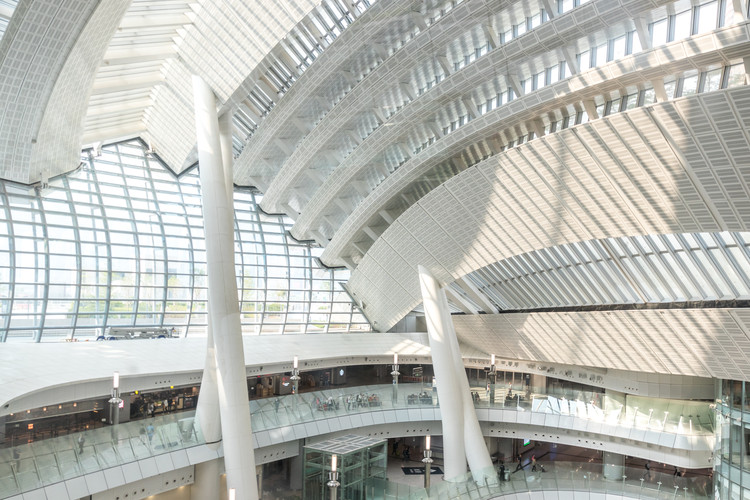
The formation of Hong Kong’s cityscape today began in the 1970s.The oil crisis and dollar crisis in the 1970s caused global economic depression but made Hong Kong prosperous.A lot of developed countries invested in Hong Kong,making it the third largest financial center in the world.In this period,mainland China began to carry out reform and opening up,exerting great influence on Hong Kong’s prosperity.Hong Kong’s peak period of large-scale urban construction began.
Continuous population growth was accompanied by large-scale development of new towns and residential areas as a matter of course.After the mid-1970s,more than half of the Hong Kong government’s non-recurrent expenditure was for building new towns.In the 1980s and 1990s,because ofa series of major historical events brought about by the”return in 1997,”HongKong entered the transition period steadily,and development and construction were carried out continuously on a larger scale,e.g.the construction of the Tseung Kwan O and TaikooShing residential areas.Meanwhile,many excellent residential building designs also emerged-for example,the Repulse Bay Apartments with a beautiful exterior designed by KNW Architects became an attractive sight in the city.Today,Hong Kong has formed the big pattern of towns’transition towards new towns with the nine mother towns of Hong Kong as the cores and the eight new towns as the sub-cores.

In terms of public architecture,after the 1980s,most works influencing Hong Kong and even the world were created by foreign architects-for example, the Landmark designed by P&T Architects in 1982, the Hong Kong HSBC Building designed by Foster in 1986, the Bond Centre designed by Rudolph in 1988, and the Bank of China Tower designed by leoh Ming Pei in 1989. These buildings are still the most eye-catching parts of Hong Kong’s cityscape today.
Later, Hong Kong’s local architects also began to rise to prominence. The Pacific Place designed by Wong & Ouyang in 1990, the Central Plaza designed by Ng Chun Man in 1992 and the Citicorp Tower designed by Rocco Yim allshowed to the world the strength of Hong Kong architects. Later, Parkview Green designed by Winston Shu, the Community College at Lingnan University designed by Wang Weijen, the dormitory building and multiple use building of United Christian College designed by Ronald Lu, etc. emerged later. Now Hong Kong has a lot of local architectural talents.
Today’s Hong Kong is a densely populated city.A lot of skyscrapers are distributed on the shores of the Victoria Bay, and more than 3,000 buildings more than 90 meters high form the densest and widest skyline in the world.Looking down at the shores of the Victoria Harbour from the Victoria Peak or looking in the direction of the Hong Kong Island from TsimshaTsui, one can see the beautiful seascape and cityscape, which are man-made miracles of this city.

